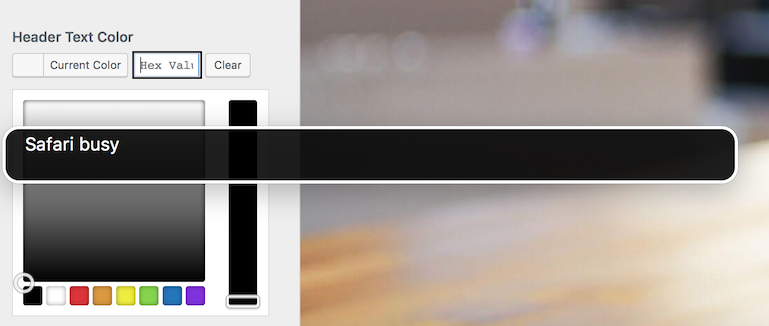Python 2 does indeed have a type for bytes, it's just confusingly called str while the type for text strings is called unicode. In Python 3 they changed the meaning of str so that it was the same as the old unicode type, and renamed the old str to bytes. They also removed a bunch of cases where it would automatically try to convert from one to the other. Like it has been already mentioned, you are reading the file in binary mode and then creating a list of bytes.
In your following for loop you are comparing string to bytes and that is where the code is failing. You cannot write a string to a file, you need to encode the string to a byte-like object to do so. By running the encode() method of a string, we get the encoded version of it in the default encoding, which is usually utf-8.
As the error describes, in order to write a string to a file you need to encode it to a byte-like object first, and encode() is encoding it to a byte-string. Browse other questions tagged python python-3.x string file byte or ask your own question. For files, we now have "r" vs. "rb" (and for 'w' & 'a') to help differentiate. 'pip' is not recognized as an internal or external command, operable program or batch file. Write a Python program to accept two strings as input and check if they are identical copy of each other or if the second string is a substring of the first string.
Flask 'export' is not recognized as an internal or external command, operable program or batch file. 'jupyter' is not recognized as an internal or external command, operable program or batch file. 'flask' is not recognized as an internal or external command, operable program or batch file.
`distplot` is a deprecated function and will be removed in a future version. Please adapt your code to use either `displot` (a figure-level function with similar flexibility) or `histplot` (an axes-level function for histograms). How to Write the regular expression that will match all non-digit characters of a string. Use the encode() function along with the hardcoded string value given in a single quote.
The current Numpy installation fails to pass a sanity check due to a bug in the windows runtime. Your requirements could not be resolved to an installable set of packages. This is the way of Python 2.7 when dealing with Unicode characters. @ericOnline ZipFile.open() docs explicitly state that only binary mode is supported (Access a member of the archive as a binary file-like object).
You can wrap the file object in io.TextIOWrapper() to achieve the same effect. Return an RDD created by coalescing all elements within each partition into a list. Provide a path to gdal-config using a GDAL_CONFIG environment variable or use a GDAL_VERSION environment variable.
Print(), .lower() and .upper() are all different _____________ you can use in python. Python Program to count the number of lowercase letters and uppercase letters in a string. Another way to prevent getting this page in the future is to use Privacy Pass. You may need to download version 2.0 now from the Chrome Web Store. In my case I had to use iso_8859_1 when encoding bytes in order to solve the issue. If you are really trying to handle it as a binary then consider encoding your string.
Doesn't declare an explicit app_label and isn't in an application in INSTALLED_APPS. Your password must be at least 6 characters long and must contain letters, numbers and special characters.








